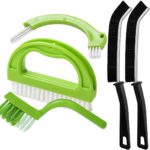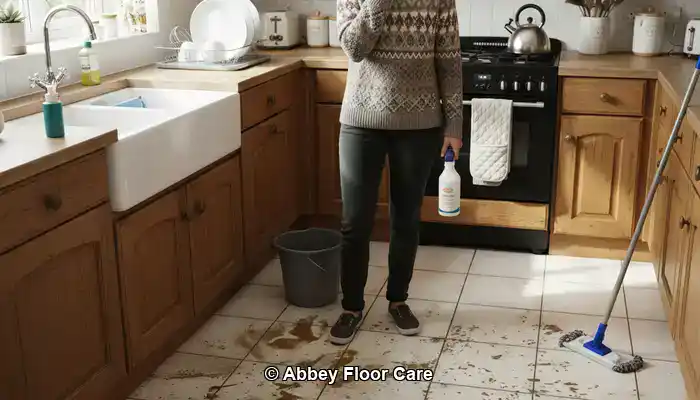
Last Updated on November 8, 2025 by David
Essential Guidelines for Resealing Your Porcelain Tiles Effectively
- Although porcelain tiles typically do not necessitate surface sealing, it is crucial to routinely reseal grout lines every 1 to 2 years. This proactive approach helps prevent staining and moisture absorption, ensuring the longevity and aesthetic appeal of your flooring.
- High-traffic areas such as kitchens and hallways require more frequent resealing compared to less-utilised spaces like guest bathrooms. Tailoring your maintenance schedule according to the specific usage of each room is essential for optimal care.
- Employing the water drop test offers a straightforward method to determine whether resealing is necessary. If water absorbs into the tile or grout, it indicates that resealing is overdue.
- Selecting the appropriate sealer is vital, as it should correspond with both tile type and specific location. For instance, penetrating sealers are ideal for unglazed porcelain and grout.
- Avoid common pitfalls like over-sealing, using abrasive cleaners, or neglecting grout lines, as these mistakes can jeopardise the resealing process and potentially lead to damage.
Explore the Diverse Types of Porcelain Tiles Available
Expert Recommendations: Top Products for Daily Grout Maintenance Cleaning
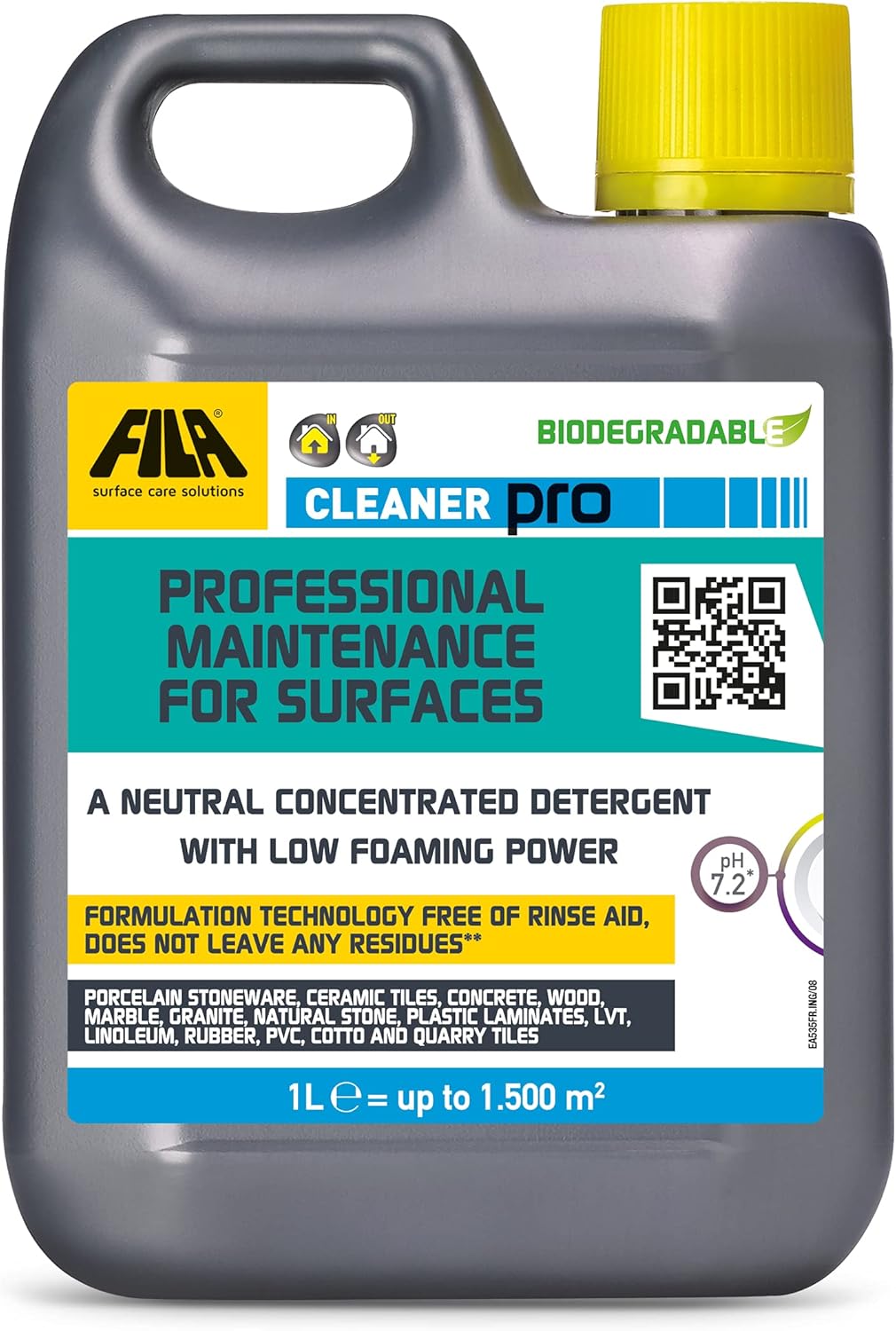
Fila Pro Floor Cleaner
|

Lithofin MN Stain Stop
|

Vileda H2PrO Spin Mop System
|
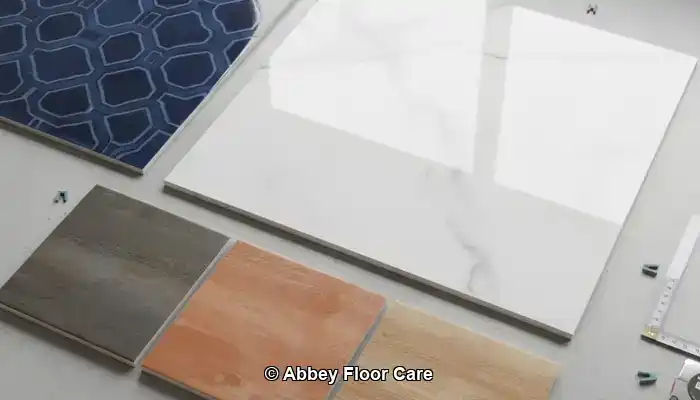
Recognising the Differences Between Glazed and Unglazed Porcelain Tiles
Porcelain tiles are available in two primary finishes: glazed and unglazed. The glazed variety possesses a protective coating that is baked onto its surface, enhancing its resistance to stains and offering a broad range of aesthetic options. In contrast, unglazed porcelain features a more natural, matte finish, making it a desirable choice due to its slip resistance and durability, particularly in high-traffic areas. Although glazed tiles typically do not necessitate sealing, unglazed tiles, being more porous, require regular resealing to protect against moisture absorption and staining.
Understanding the Distinctions Between Ceramic Tiles and Porcelain Tiles
Despite the frequent confusion between ceramic and porcelain tiles, they exhibit notable differences regarding density, water absorption, and overall durability. Porcelain tiles, fired at higher temperatures, are denser and less porous than ceramic tiles. This characteristic makes porcelain particularly suitable for areas that are often exposed to moisture, such as kitchens and bathrooms. Recognising these differences assists homeowners in establishing appropriate sealing routines and selecting suitable cleaning products tailored to their needs.
Examining the Popularity of Porcelain in UK Homes
The widespread use of porcelain tiles in UK homes can be attributed to their minimal maintenance requirements, versatility in aesthetics, and compatibility with underfloor heating systems. Their ability to replicate the appearance of natural stone or wood, while providing superior durability, makes them an intelligent choice for both modern and traditional interiors. Homeowners appreciate porcelain for its long-lasting performance, particularly when complemented by diligent sealing and maintenance practices.
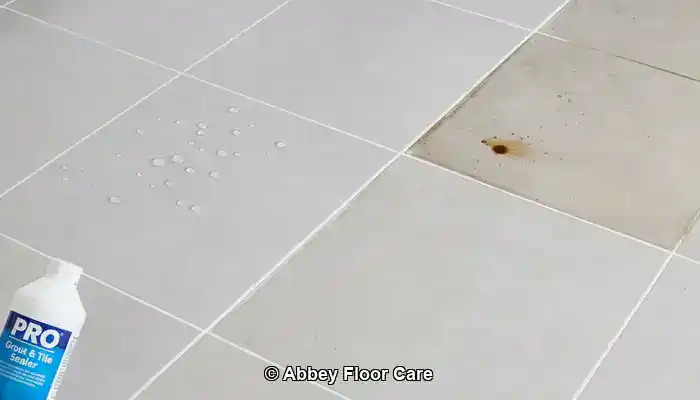 Understanding the Essential Role of Resealing in Preserving Tile Longevity
Understanding the Essential Role of Resealing in Preserving Tile Longevity
Evaluating Grout and Tile Surface Care Requirements
Although porcelain tiles are generally low-porosity, particularly when glazed, the grout lines are highly absorbent and susceptible to staining. While the tile surface can resist moisture, the grout easily absorbs spills, dirt, and cleaning residues. Regular resealing is crucial to establish a protective barrier that shields grout from discolouration and erosion, particularly in areas like kitchens and bathrooms, where spills occur frequently.
Enhancing Moisture Resistance and Preventing Stains
Consistent resealing significantly improves moisture resistance and decreases the likelihood of stains penetrating porous surfaces. In busy areas like hallways and utility rooms, resealing is vital for maintaining the floor's appearance and preventing long-term damage. Homeowners who adhere to a regular resealing schedule can extend the life of both the tile and grout, especially in spaces exposed to water or cleaning agents.
Maintaining Aesthetic Quality and Enhancing Slip Resistance
Over time, tiles that are either inadequately sealed or unsealed can lose their original finish, resulting in a dull or uneven appearance. Regular resealing aids in preserving the surface shine and can bolster slip resistance when the appropriate product is used. This is particularly essential in spaces like bathrooms and entryways, where wet conditions heighten the risk of slips. A well-maintained seal contributes to both safety and aesthetic appeal.
Key Factors Influencing Resealing Frequency
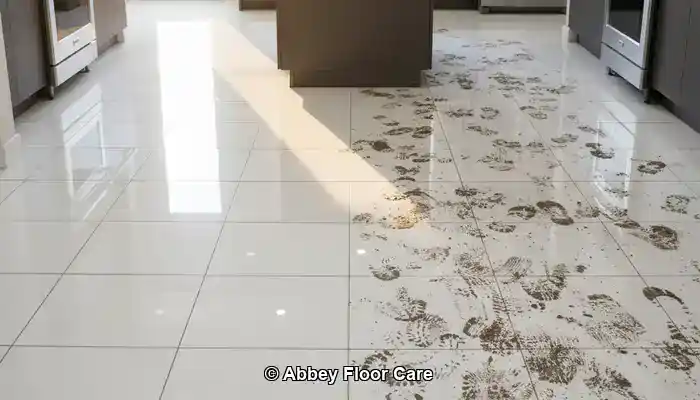
How Do Foot Traffic and Room Functionality Impact Resealing Needs?
Areas with significant foot traffic, such as hallways and kitchens, wear down more rapidly, exposing grout to higher levels of dirt and moisture. Conversely, low-traffic rooms like guest bathrooms or spare bedrooms may not require resealing as frequently. Homeowners should evaluate each room based on its individual characteristics rather than relying on a generic resealing schedule.
What Effect Do Cleaning Products Have on Surface Degradation?
The use of harsh or acidic cleaners can accelerate the deterioration of sealers, particularly within grout lines. Even products regarded as safe for tiles can strip protective layers if used improperly or excessively. It is advisable to use a gentle, pH-neutral cleaner to preserve the seal and extend the intervals between resealing.
How Do Indoor Climate and Airflow Affect Sealer Longevity?
Humidity levels and air circulation significantly influence how quickly grout and tile surfaces dry after cleaning. Poor ventilation can extend moisture exposure, potentially jeopardising sealers over time. Homes with effective ventilation and balanced humidity levels are more likely to keep sealed surfaces intact for longer, particularly in bathrooms and utility spaces.
Need Assistance with Your Tiles? Send us a quick message for expert guidance.
How Can You Determine If Your Tiles Require Resealing?
What Indications Reveal Signs of Wear or Absorption?
Visible changes in grout colour, increased staining, or a lacklustre appearance of the tile surface may indicate that the seal has weakened. In high-use areas, this wear can accumulate gradually, often remaining unnoticed until dirt becomes more challenging to remove or moisture persists after cleaning.
How Does the Water Drop Test Function as an Assessment Tool?
A simple yet effective method for evaluating seal integrity is the water drop test. Place a few droplets of water onto the tile and grout and observe whether they bead or absorb. If the water quickly penetrates or leaves a dark stain, it signifies that resealing is necessary. This test is particularly reliable on unglazed porcelain and grout lines with higher porosity.
How to Identify Surface Dullness and Grout Discolouration?
Tiles that appear chalky or display uneven sheen often indicate a loss of their protective coating. Similarly, grout that darkens or shows patchy staining typically signifies seal degradation. These visual cues assist homeowners in determining if resealing is required, even if the floor appears clean.
Selecting the Ideal Sealer for Your Porcelain Flooring
What Distinctions Exist Between Penetrating and Surface Sealers?
Penetrating sealers penetrate the tile and grout, forming a protective barrier without altering the surface appearance. These are particularly effective for unglazed porcelain and grout lines, providing moisture resistance while maintaining a natural look. Conversely, surface sealers create a visible layer and may enhance gloss or texture; they are often applied to decorative tiles but may affect slip resistance if not chosen carefully.
How to Select Safe Sealers for Tiles and Grout?
Not all sealers are appropriate for both tile and grout. Homeowners should select products explicitly labelled as safe for porcelain and compatible with cement-based grout. Using the incorrect type can lead to hazing, residue accumulation, or diminished effectiveness. Always review product labels to ensure compliance with UK safety standards for optimal long-term performance.
What Features Should You Seek in Eco-Friendly and Pet-Safe Sealers?
Many contemporary sealers are water-based and low in volatile organic compounds (VOCs), making them safer for indoor application. For homes with pets or children, opting for a non-toxic, eco-friendly sealer reduces exposure risks during application and drying. Such products typically require less ventilation and are easier to clean up after use.
Step-by-Step Guide to Resealing Your Tiles
How to Prepare Surfaces for Resealing Through Thorough Cleaning
Prior to resealing, it is essential to thoroughly clean the tile and grout using a pH-neutral cleaner. Ensure that all dirt, oils, and residues are completely removed to facilitate the sealer's proper adhesion. It is vital to allow the floor to dry entirely; any moisture trapped beneath the sealer can result in hazing or uneven application, ultimately compromising the seal's effectiveness.
What Tools and Techniques Should You Employ for Application?
Utilise a soft applicator pad, microfibre cloth, or brush suited to the product and surface type. Apply the sealer evenly across the tile and grout, working in manageable sections to prevent unsightly overlap marks. Always adhere to the manufacturer's recommendations for coverage rates and avoid allowing excess product to pool in grout joints.
Understanding the Importance of Drying Times and Ventilation
Most sealers necessitate a drying time of 2 to 4 hours before permitting light foot traffic and up to 24 hours for complete curing. Open windows or use fans to enhance air circulation, particularly in confined spaces. It is advisable to avoid wet cleaning or placing rugs on the surface until the seal has fully cured to prevent imprinting or tackiness.
Resealing Timelines Based on Room Usage
What Are the Resealing Requirements for Kitchens, Bathrooms, and Hallways?
Kitchens typically necessitate resealing every 12 to 18 months due to frequent spills, cooking residues, and high foot traffic. Bathrooms may follow a similar schedule, especially around showers and sinks where moisture levels are elevated. Hallways, depending on their level of usage, might require resealing every 18 to 24 months to ensure the protection of grout and the clarity of the surface.
How to Compare Resealing Needs in Low-Traffic Versus High-Traffic Areas?
In low-traffic spaces such as guest bathrooms or spare bedrooms, resealing every 2 to 3 years may suffice. Conversely, high-traffic zones like entryways, kitchens, and utility rooms benefit from more frequent maintenance. Homeowners should customise their resealing schedules based on the unique usage of each space rather than adhering to a generic guideline.
What Seasonal Considerations Should You Bear in Mind for Resealing?
Spring and early autumn provide optimal conditions for resealing floors in the UK, as they offer moderate temperatures and sufficient airflow. It is advisable to avoid resealing during periods of high humidity or extreme cold, as these conditions can impact drying times and the overall performance of the product. Planning resealing around seasonal cleaning routines ensures consistency and promotes the overall health of your flooring.
Avoiding Common Resealing Mistakes
What Are the Risks Associated with Over-Sealing Your Tiles?
Applying excessive amounts of sealer or resealing too frequently can lead to surface buildup, hazing, or sticky residues. This issue is particularly prevalent with surface sealers, which create a visible layer. Homeowners should adhere to manufacturer guidelines and only reseal when the previous layer has sufficiently worn down or failed to perform.
What Are the Potential Consequences of Using Strong Cleaners Before Sealing?
Acidic or bleach-based cleaning products can weaken the tile and grout, hindering the sealant's ability to bond effectively. Always select a pH-neutral cleaner prior to resealing to ensure the surface is clean and primed for treatment. Harsh chemicals may leave residues that interfere with the sealer's performance, ultimately compromising the sealing process.
Why Is It Crucial Not to Neglect Grout Lines?
Grout, often the most vulnerable component of a tiled floor, is frequently overlooked during the resealing process. Neglecting to seal grout lines can lead to uneven protection and heightened susceptibility to staining. It is essential to utilise a small brush or targeted applicator to ensure that grout receives adequate coverage, particularly in areas prone to spills, such as kitchens and bathrooms.
Frequently Asked Questions About Resealing Porcelain Tiles
Can I Reseal My Tiles on My Own?
Yes, many homeowners opt to reseal their porcelain tiles and grout independently using readily available products. The key to a successful outcome lies in carefully following the provided instructions, using tile-safe sealers, and ensuring that the surface is impeccably clean and completely dry before application. DIY resealing is particularly effective in low-traffic areas or as part of routine maintenance.
How Can I Determine If My Seal Has Failed?
The water drop test serves as a reliable method for evaluation. Simply place a few drops of water on the tile and grout, and observe whether they bead or absorb. If the water penetrates quickly or leaves a dark mark, the seal is likely compromised, indicating that resealing is advisable.
Which Products Are Considered Safe for Pets?
Seek water-based sealers featuring low VOC content and labelled as non-toxic or pet-safe. These products help mitigate exposure risks during application and drying, making them suitable for households with pets or children. Always ensure proper ventilation and prevent pets from accessing the floor until the seal has fully cured.
Is Resealing Necessary for Glazed Tiles?
Generally, glazed porcelain tiles do not necessitate surface sealing; however, the grout in between can greatly benefit from consistent resealing. In certain cases, a light application of penetrating sealer may be utilised to protect the grout without altering the tile’s finish.
The Article How Often Should You Reseal Porcelain Tiles first found on https://www.abbeyfloorcare.co.uk
The Article Resealing Porcelain Tiles: How Often Should You Do It? appeared first on https://fabritec.org
The Article Resealing Porcelain Tiles: Frequency and Best Practices Was Found On https://limitsofstrategy.com

